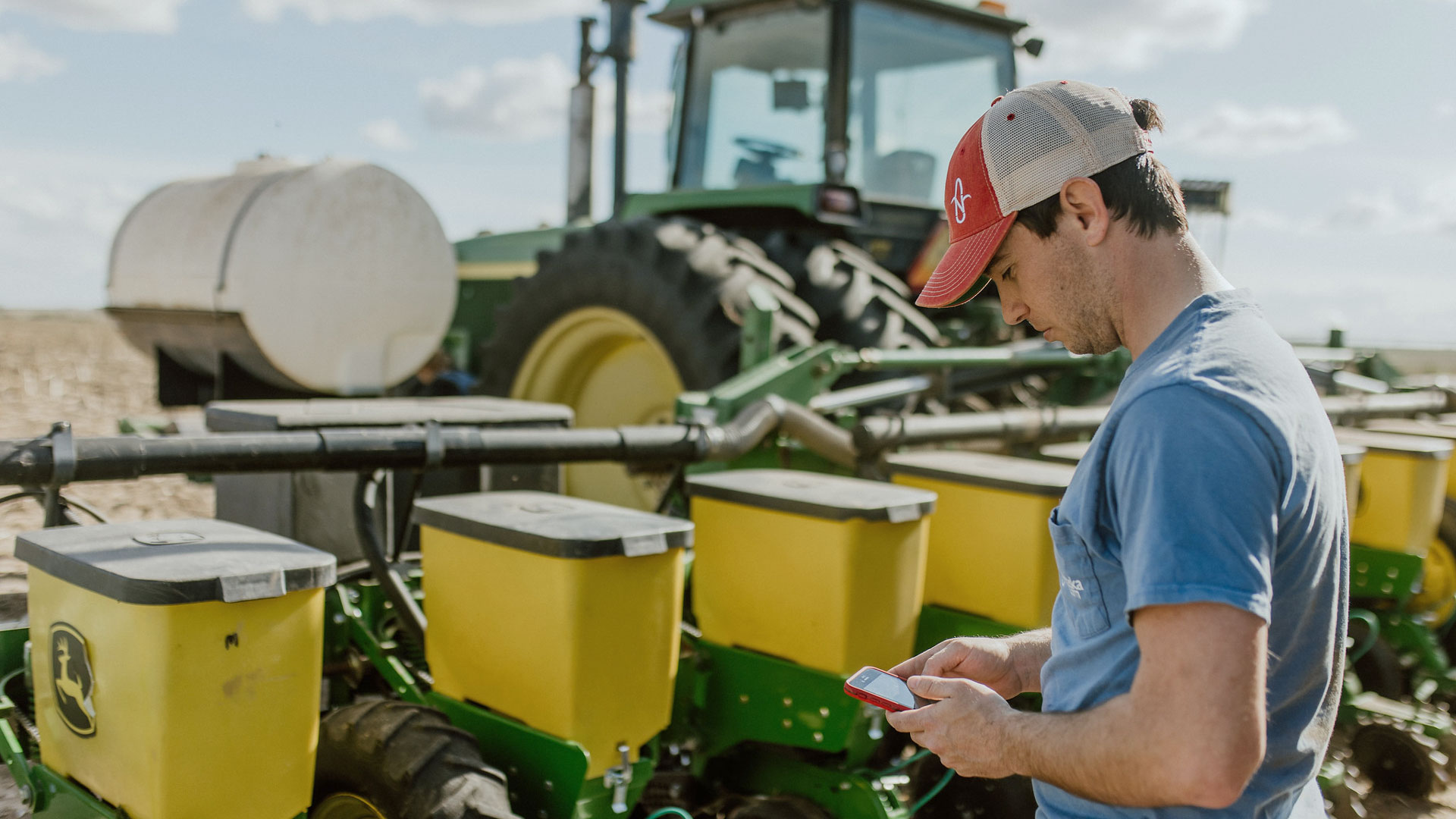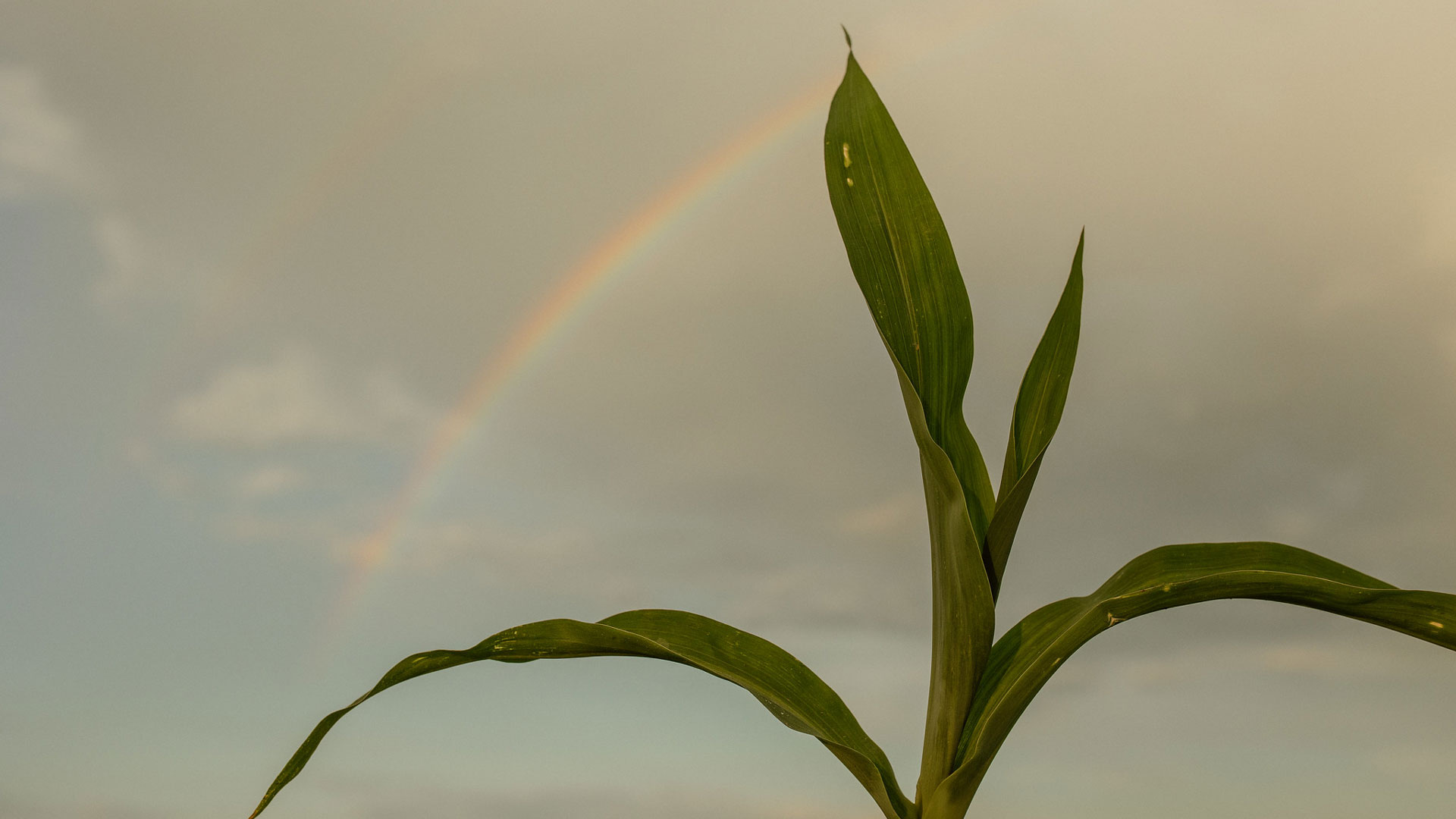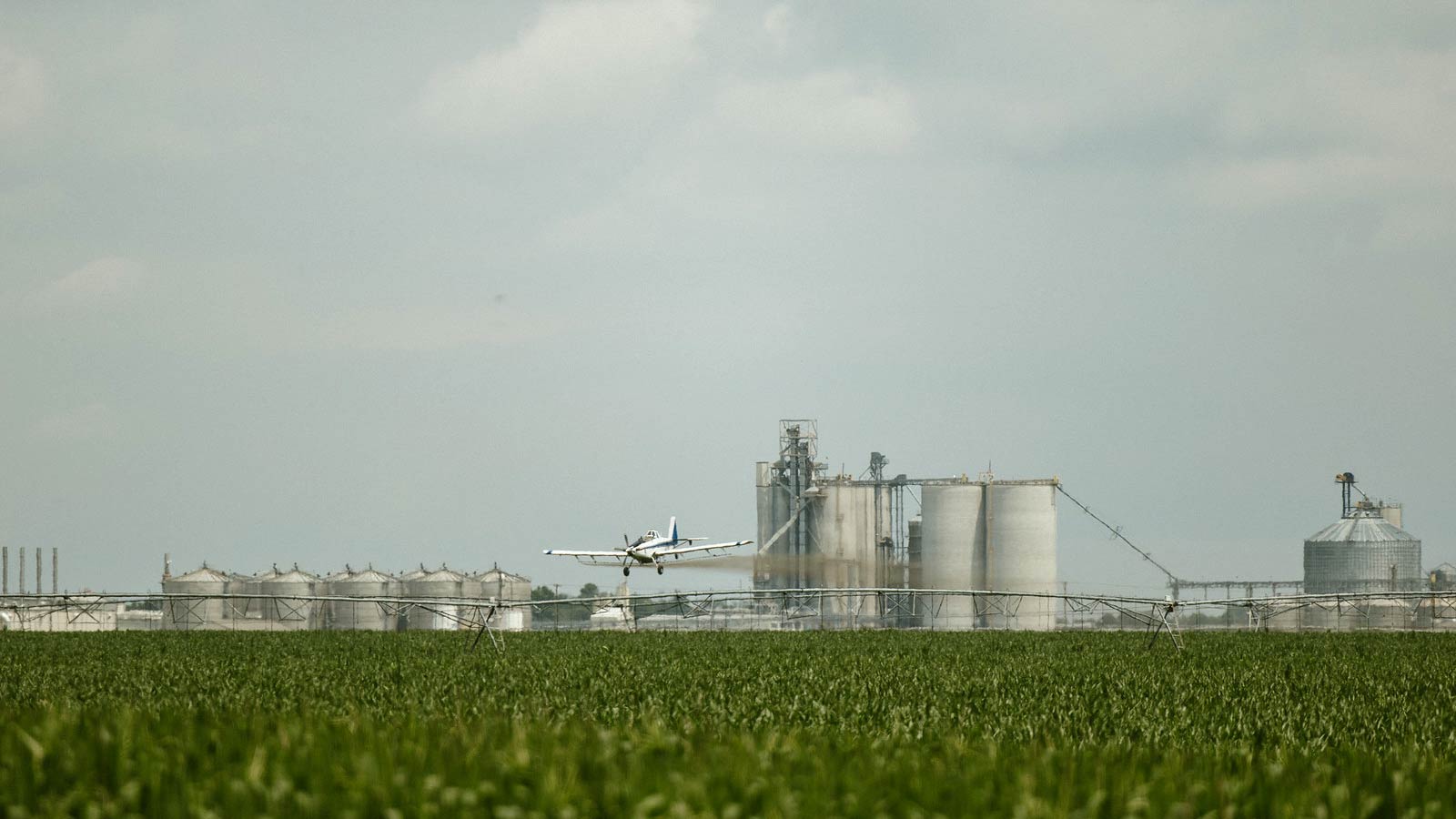As the current farming population ages, there is a growing need to attract and train the next generation to ensure the future sustainability of the agricultural industry.
The average age of in the United States is increasing, with many farmers across the country near or already past the traditional workplace retirement age. With the possibility of a large number of experienced farmers potentially no longer involved in the industry in the coming decades, it’s critical to support the next generation as they begin their careers in farming.
Here is a look at the demographics of farming, what barriers young producers face and what is being done to help them overcome challenges to start their careers.
What Is the Average Age of the American Farmer?
According to a United States Department of Agriculture (USDA) census, the average age of American farmers is 57.5 years old. This was an increase of 10 months over the previous census five years before.
The average age of a farmer in Nebraska was slightly younger, but still 56.4 years old, according to the USDA.
What Percentage of Farmers Are Over 65?
Many farmers don’t plan to retire, but for those that choose to, the average retirement age of farmers is 62 years of age. However, a significant number of farmers in Nebraska older than age 62 are still farming and don’t plan to retire. Of the 77,097 Nebraska farmers identified by the most recent USDA agricultural census, 23,787 producers—nearly 31%—reported they were at least 65 years old.
Will There Be a Farm Labor Shortage After Baby Boomers Retire?
Some may wonder if there will be a farm labor shortage as baby boomers retire. The question should be: Will the farm labor shortage get worse when baby boomers retire? That’s because many say there’s already a labor shortage in the agriculture industry. With the average age so high and the percent of the population directly involved in farming shrinking, the labor shortage is already evident.
Are Young People Interested in Farming?
There is good news. Even though the average age of farmers is near retirement age, many young people are very interested in farming. From being involved in their local FFA chapter or 4-H club to harvesting field corn alongside their parents and grandparents, young people are already hard at work in the agriculture industry, and many aspire to join the profession.
From wanting to grow food for their community to an interest in sustainable, environmental practices, young farmers are passionate about the industry and have many ideas for the future — including using smart farming and other precision agriculture techniques. The challenge is fostering the interest of those who want to farm and helping them overcome barriers to get started.
What Are the Challenges for Young Farmers?
The biggest challenges for young farmers who may not be generational farmers include access to land, start-up capital and making enough money to cover the costs of production, according to the National Young Farmer Survey.
The 2022 survey, which analyzed data from 4,344 farmers, 40 years old and younger, found that 59% of all respondents reported finding access to affordable land as “very” or “extremely” challenging. This, along with capital and production costs, were in addition to the pressures of student loan debt, health care and housing costs that young people face in general.
What Resources Are Available to Help Young Farmers Get Started?
Though young farmers face real barriers to starting their careers, state and federal resources are available to help them get started.
For example, federal low-interest loans are available through the Farm Service Agency (FSA) to help beginning farmers pay for things like equipment, land and inputs such as seed or fertilizer. The FSA also has additional farm loan programs to help women or people of color, who historically are underrepresented in the farming profession.
Many states, including Nebraska, also offer support to beginning farmers such as tax credits and educational workshops or symposiums to help further their careers.




